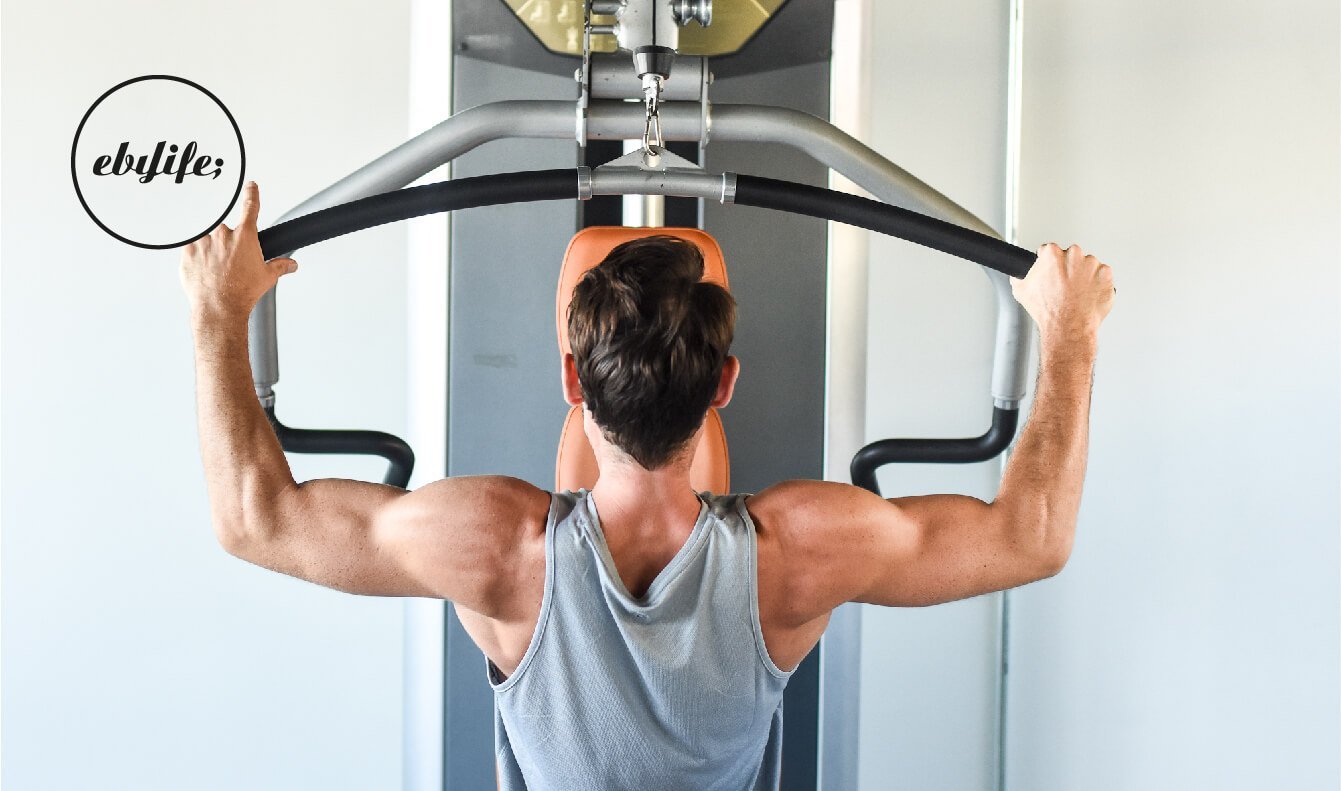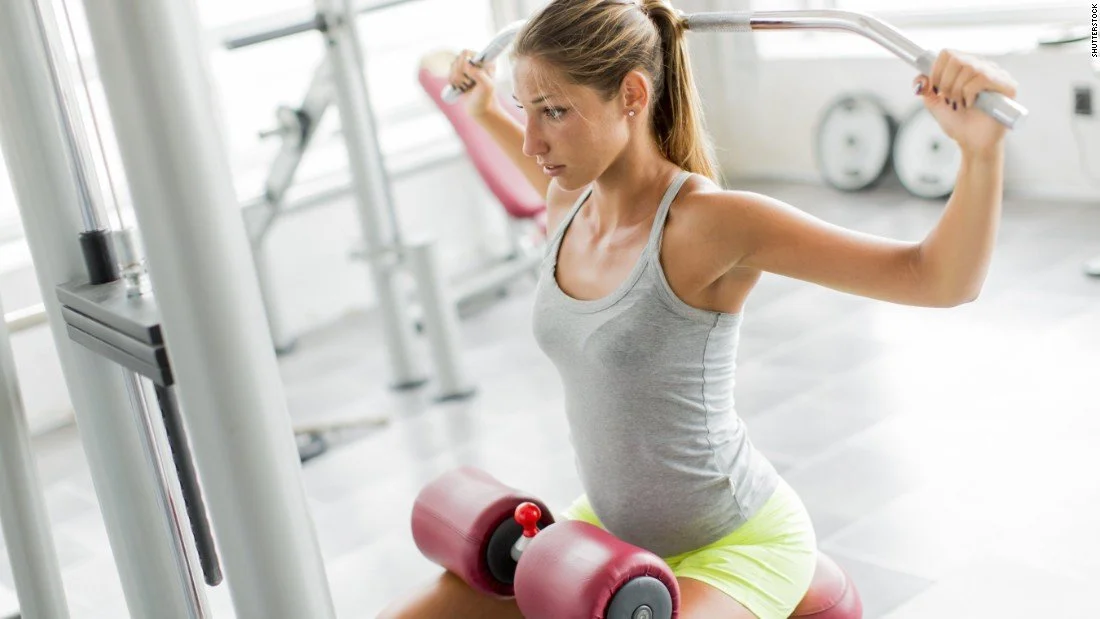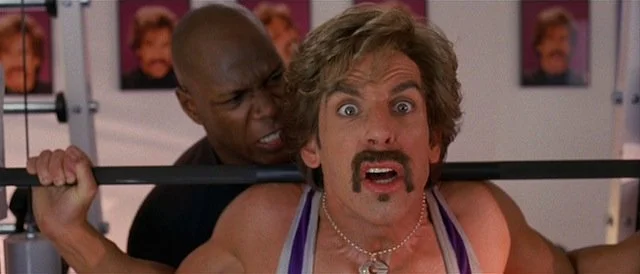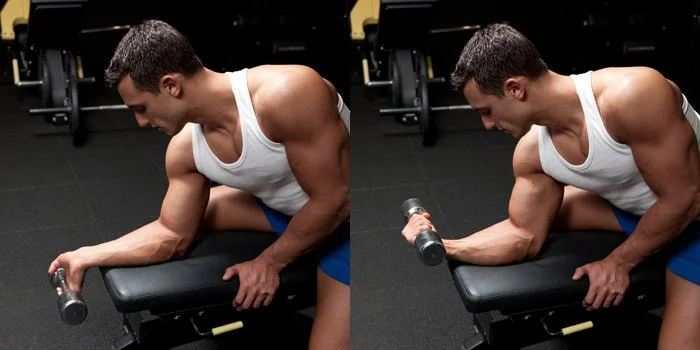8 Exercises to avoid at the gym and what to do instead
By Martin Ebner, Head Personal Trainer at ebylife (updated 1 August 2021)
Before we dive into some of the exercises that you should avoid at the gym, it's important to point out that any exercise done badly, is an exercise that should be avoided.
Learning correct form should be given priority above all else and you should only add weight when you feel that it's safe and comfortable to do so.
If despite your best efforts to master an exercise, it still doesn't feel right, replace it with one that does. We're all built slightly differently and just because one exercise works for someone else, it doesn't necessarily mean it works for you. For every exercise that doesn't feel good, there's at least a couple that will.
Let's have a look at the 8 exercises to avoid at the gym and what you should do instead.
Ab machines
Ab machines seem to be an extremely popular choice for those that fancy a crunch or two between text messages and Instagram updates. However, if you're at the gym to do a real workout, it’s probably best to give the ab machine(s) a miss. The positioning can make it extremely uncomfortable and awkward to activate your abs correctly.
What to do Instead
I've always been a strong believer in building a killer six-pack by using compound moves that require the engagement of the core for correct technique. Compound moves like push/press-ups, pull-ups, squats, Bulgarian split squats, lunges and deadlifts are your best bet for building a rock-hard core as they require the greatest amount of muscles to perform. Failing that, planks, hanging leg raises, cable pulley crunches, wood-choppers and traditional on-the-ground sit-ups (with your hands in front of your body) will give you far greater results than any ab machine will.
Related article How To Get Visible Six-pack Abs
Behind-the-head Lat Pull-Downs and shoulder press
Two extremely popular exercises gone slightly awry. While admittedly they are still very popular choices and can work well for more experienced individuals, for beginner to intermediate level exercisers, by pulling down or pushing the bar from a behind the head position, you can place excessive stress on your rotator cuff which may lead to long term-shoulder impingement and injury (ever more so if you have poor shoulder mobility).
What to do instead
Do the same exercises but pulling and pushing up to/from the front of the body. Aim for your collar bone/upper chest height on the lower portion of the exercises.
Upright rows
I've been guilty of using these myself in past. As mentioned above if it doesn't feel right, and for many, this exercise doesn't, give it a wide berth. The problem with Upright rows is that they can place your shoulder joints in an unnatural position which can lead to injury.
What to do instead
Dumbbell Front and lateral raises will do the same job with less risk of damage and injury to your shoulders.
Smith machine squats
This one seems to be increasingly popular and while it may look like a great alternative to the squat rack, it's not really. When you use the smith machine to squat, your back stays dead straight and perpendicular to the floor. The result can be unwanted stress and compression on the vertebrae. Not only that but by leaning so far back into the bar, you can over-stress your knees and limit the engagement of your glutes and hamstrings - one of the main benefits of doing squats in the first place.
What to do Instead
Need I really say it!? Do classic squats.
While admittedly squats are somewhat intimidating for beginners, taking the time to learn how to properly squat is perhaps one of the best things you can do for better all-round strength and mobility.
If despite your best efforts to learn the correct technique, they still feel too awkward to do properly (for many this is the case), try swiss ball squats, lunges or Bulgarian split squats instead. All of which can be equally rewarding, beneficial and can help condition the body to perform squats more effectively.
Bicep curls machine
Sometimes I just can’t understand why certain pieces of equipment exist. This is a prime example and one that makes absolutely no sense whatsoever. The bicep curl machine makes it hard to perform the full range of motion and in certain cases can cause postural issues due to an uncomfortable and awkward seating position.
What to do Instead
There are literally dozens of bicep curl variations to choose from. My favorites are traditional standing bicep curls with an EZ barbell, neutral grip dumbbell curls and if I must sit, I use the preacher curl with either a barbell or dumbbells.
Form Tip: When performing bicep curls, make sure to pack your shoulders (position them back and down) and focus on movement from the elbow down (forearm) with minimal momentum from swinging. This will ensure maximum isolated muscle contraction of the biceps!
Wrist curls
If you have enough time to bash out multiple sets of wrist curls, you've likely got far too much time on your hands.
The problem with wrist curls is that they’re so specific and while it is important to have strong wrists and good mobility, there are much more productive ways to strengthen your wrists and forearms.
What to do instead
Pretty much every strength training exercise requires a good grip and the engagement of the wrists and forearms. Some of my favorites include deadlifts, pull-ups, bench press, isolated bicep and tricep exercises, and if you're feeling super Bruce-lee-ish, give fingertip press-ups a shot!
Note: a less conventional way to strengthen your grip is by using thicker detachable grips that you can take with you and use with regular dumbbells and barbells.
Chair/bench dips
While Chair dips can be an ok choice for those with experience, adequate strength and solid shoulder mobility, for most people the risks outweigh any benefits.
When chair dips are not executed with perfect form, it can shift the shoulder anteriorly causing excessive pressure and impingement which may lead to injury.
What to do instead
There are lots of alternatives to chair dips but nothing quite beats traditional push-ups. If you can’t quite master a full push up from your feet, start from your knees and build up as your strength, technique and confidence improves.
Using light-as-a-feather weights
While I would never encourage anyone to lift above their ability level, I fail to see much benefit in using paper-light weights. If you want results, you need to challenge yourself and that means tossing aside the 1-kilo dumbbells and picking up something heavier that promotes a bigger challenge for your body.
What to do instead
If you can comfortably perform multiple sets of 15+ reps, up the weight and reduce the rep count. By doing so, you'll improve strength, promote muscle growth, get toned and encourage progressive overload.
Note: While using heavier weights is important for progression, the quality of the repetitions and movement is always more important than quantity so make sure to start slowly and add weight when you feel comfortable enough to do so.
Related article: Muscle building vs toning: What's the difference?





